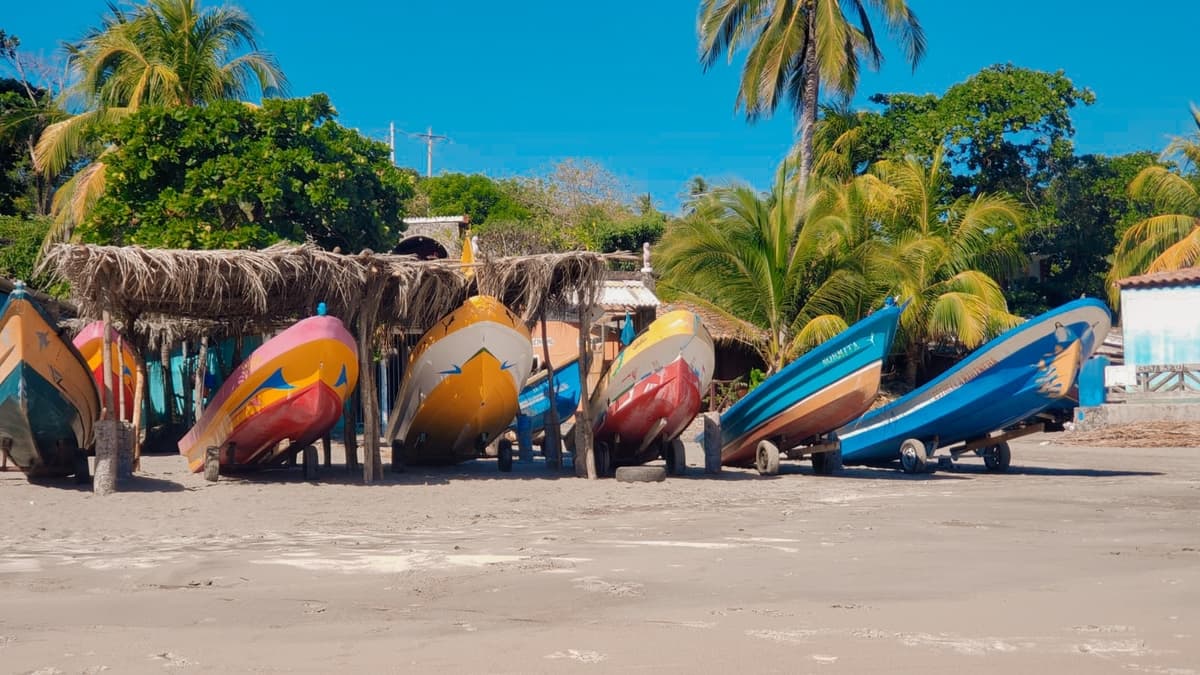Belizean Kriol is one of the most fascinating aspects of Belize for foreign tourists and expats alike. In this short piece, Cathi Bray pays homage to this language, highlighting its historical and current usage.
When I first encountered signs in Belize like “Di Lumba Yaad“, “Betta No Litta“, and “Gimme some a di nice ting“, I thought they were slang. Or perhaps the rum punch was playing tricks on my vision.
But it wasn’t the booze, and it certainly wasn’t anything as simplistic as mere slang. It was, in fact, Belizean Kriol, an official language in Belize, complete with its own spelling, grammar, and dictionary (dikshineri).
The Belizean Lingua Franca
Although English is the official language of Belize, most Belizeans speak Kriol as the lingua franca or common language.
They often also speak Spanish, and if you spend enough time in Belize with your ears open, you’ll hear a seamless flow between the different languages on a daily basis. And I haven’t even taken into account those who also still use the original Mayan idiomas from this part of the world!
Like other Caribbean Creole tongues, Belizean Kriol originated with African slaves who blended their own languages with the English of their overseers and slave-owners. The people of Belize are a grand mix of many cultures, and Kriol exemplifies yet another example of that melting pot.
According to Ethnologue, a comprehensive database of world languages, there are currently 7,168 living languages in the world, with 92 Creole languages listed, including Belizean Kriol (“Kriol”, by the way, is Kriol for Creole).
It’s worth noting, however, that it’s difficult to give a precise count of the number of Creole languages because different sources use different criteria for what constitutes a Creole language in the first place. But the important thing to take away here is that Belizean Kriol is indeed a language. Not a dialect. Not slang. A language.
Have you seen @theEthnologue‘s 26th edition update? The latest language count is now 7,168 languages worldwide! 🌍
Check it out: https://t.co/bIcbj7OdJZ pic.twitter.com/k0aLMe9H8z
— SIL International (@SILintl) February 28, 2023
Consider These Fun Kriol Terms:
- Gud maanin – Good morning
- Weh yu nayhn? – What’s your name?
- Da how yu di du? – How are you?
- Ah mi gat wahn gud gud taim! – I had a great time!
- Ai da di teecha – I am the teacher.
Some might be easy to understand, others not so much. Here are a few examples of Kriol vowel sounds and spellings:
- Layta – Later
- Teef – Steal
- Taim – Time
- Gaan – Gone
- Hoam – Home
- Myool – Mule
- Bwai – Boy
- Chroo – True
Even the Bible is translated into Belizean Kriol (Kriol Baibl version).
Question for my Belizean friends:
is there a Kriol phrase or saying for “pot calling the kettle black” ?
a cyaah rememba, unu ku help mi 😳?
@Paul_Schmidt_3 @kat_ush_kin @urBoyTGD @domnorbze_x @lmshoman @lynnbze
Thanks in advance – i am writing a story 🙏🏿
— Kareem Ferguson (@KareemFerguson) August 18, 2021
Kriol as an Expression of Belizean Culture
The late Leela Vernon, a Belizean musician and founding member of the National Kriol Council (Nashanal Kriol Kongsl), was famous for saying, “Ah wah no who seh Kriol no gat no kolcha?” (“I want to know who said the Kriol have no culture?”) In reality, there is a deep, rich culture in Belize, and the Kriol language is evidence enough of that.
As travelers and expats, we can deepen our connection to Belize by taking the time to appreciate and learn about this fascinating and unique tongue. “Duuhn so waahn shorli inrich yuh Beliz ikspiiryans.“




